Behind the scenes at the Lowry: discovering the costumes of Sleeping Beauty
| 3rd March 2018
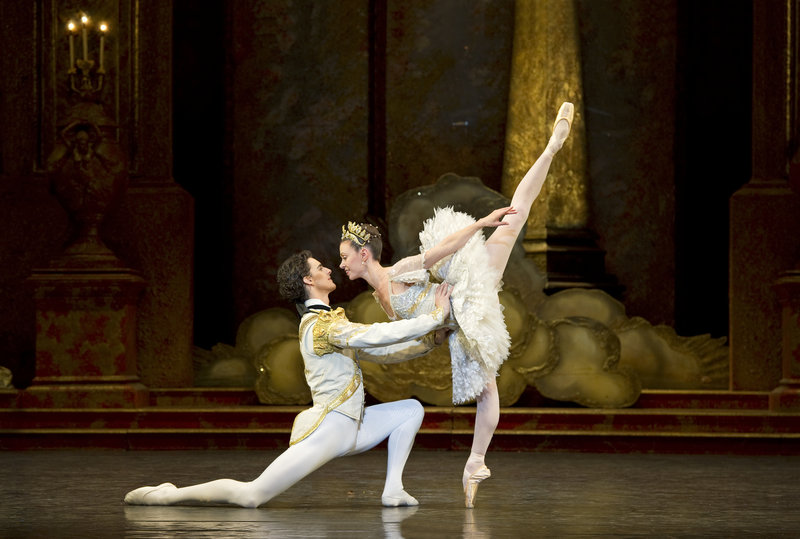
Birmingham Royal Ballet in The Sleeping Beauty
Walking backstage at the Lowry this week is a fascinating experience. Every corridor, every corner of every room is packed with tutus, dresses, jackets and capes. Until Saturday 3 March, Birmingham Royal Ballet are performing The Sleeping Beauty, and they brought with them no less than 40 rails of costumes and 17 wicker skips.
Vanda Hewston, the deputy head of costume with the company, is in charge of the wardrobe department, said: “There are easily over a hundred costumes on stage every night. The performance involves all the dancers of the company, about 60 people, and some of them wear up to six costumes in one show”, she explains.
“The principal character, Aurora, wears three different tutus during the show, and this year nine dancers will perform the role: that’s 27 costumes for one part only!” It takes a whole articulated lorry to carry all the costumes around.
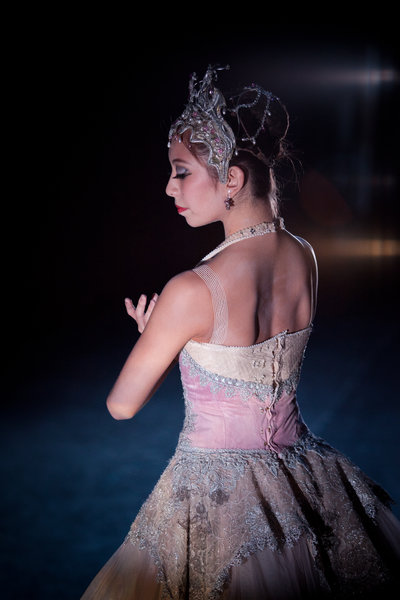
In the wardrobe room, the costume technicians are busy getting everything ready for tonight’s performance. It is very warm: dresses are being steamed and dozens of shirts ironed. Some costumes are being repaired.
“Every morning,” says Vanda, “there is a list of repairs to start with. It’s not always major problems, sometimes costumes are just ripped while being moved in the wings. We try to take care of them: some are over 33 years old!”
As surprising as it may be, the production, choreographed by Sir Peter Wright in 1984, still uses most of the original costumes designed by Philip Browse.
Vanda explains: “They are costly to make, so we look after them well. In fact, the main reason why we replace them nowadays is that dancers are now taller than they used to be in the 80s, so we need new costumes to fit them. Our tallest dancer today is 6ft 4in, so he has new costumes made every time! It’s the same with the women, they are taller, and the men in general are more athletic.”
In a corner of the wardrobe room, a quiet assistant is working meticulously on a costume. She is repairing one of Aurora’s tutus. It is beautiful, and it is worth £2,500. “Ballet costumes are very expensive,” says Vanda, “because we use high-quality fabrics. It is a long-term investment: if you use cheaper fabric, the costume is just not going to last. We also make sure that we employ the best costume-makers (that we have to book months in advance) because even if they cost more money, the standard is so much better.” The tutus are hand-stitched, and the sequins and pearls sewn one by one. It takes four weeks to make a tutu like Aurora’s.
There are six wardrobe staff plus an apprentice, and 11 dressers help the dancers to get in and out of their costumes during the show.
“We need a lot of hands during the show,” explains Vanda. “Sometimes, a lot of people suddenly come off stage at once and need to change costumes very quickly, it’s such a rush! We are always ready. If there is any major problem we have to be able to go promptly to the wings to repair stuff.”
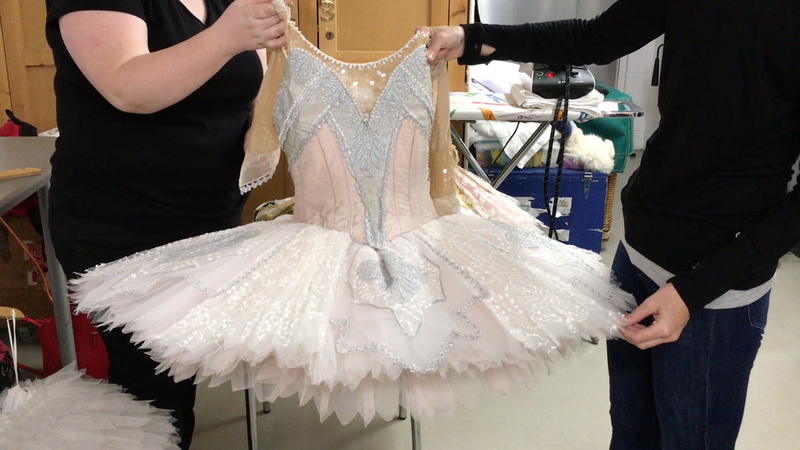
Aurora’s pink tutu
In the corridor, the dancers are now stretching and warming up before their rehearsal, trying to find space between the hundreds of tutus hanging on rails everywhere. Just behind the stage, a little cubicle is arranged for quick costume changes.
Vanda points to the huge dresses hanging from the rails. “These are the Court Ladies’ and the Nanny’s dresses. They are so big that the dancers get changed here, they cannot walk in the corridors with them. They are extremely heavy. If you give one of them a lift you can imagine how it is to dance with them. The winner is Carabosse’s: it weighs over a stone.”
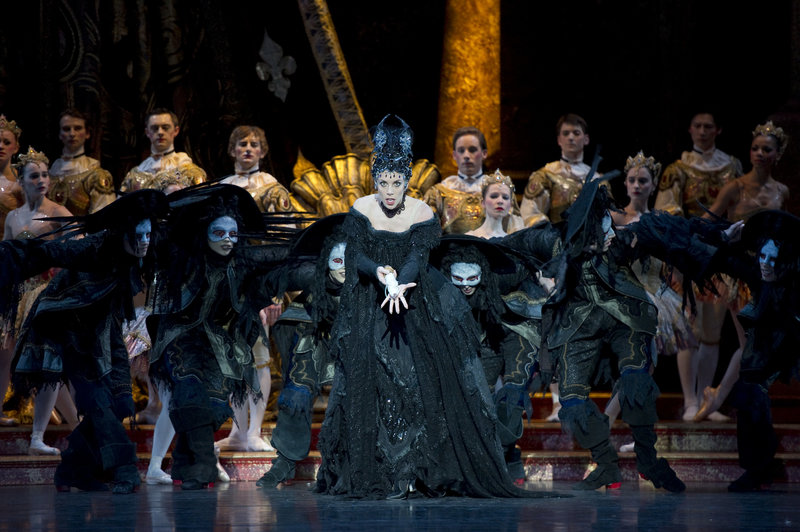
Carabosse’s dress weighs over a stone
Back in the wardrobe room, Vanda is unpacking Aurora’s tiaras. Sparkly stones are mounted on wire, which can be easily fixed onto the hair. All of the characters wear a headdress or a wig in the ballet, and there is a team of three assistants for wigs and make-up to take care of it. “There is a set design for the make up,” says Vanda, “and the dancers have to follow it.”
The audience will certainly be in awe in front of the dresses and jackets of the dancers. Little do they know about all the work and logistics involved behind them, carried out by a team of passionate people who bring the costumes to life.
Birmingham Royal Ballet will be performing The Sleeping Beauty at the Lowry until Saturday 3 March, before heading to Cardiff and Plymouth.
Company Class On Stage: Sat 3 March, 11.15am
Audience Open Day: Sat 3 March, 12pm
Audio described performance: Sat 3 March, 2pm
Last performance at the Lowry: Sat 3 March, 7.30pm
More information and tickets are available from here.
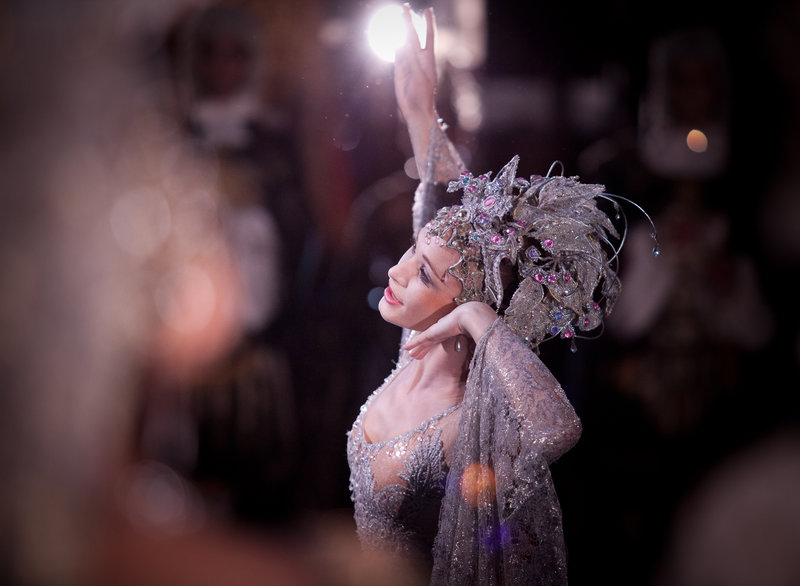
The Lilac Fairy
